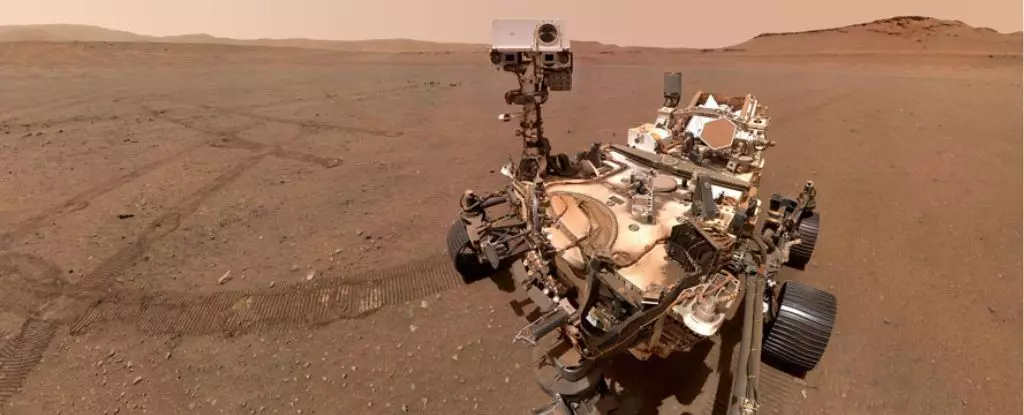NASA’s ambition to return samples from Mars, a daunting endeavor encapsulated in the Mars Sample Return mission, has recently encountered numerous hurdles—both financial and logistical. Initially conceived to scoop up 30 sample tubes from the Red Planet and return them to Earth by the early 2030s, emerging realities have forced the agency to rethink its approach dramatically. As costs soar and timelines stretch, exploring partnerships with commercial giants like SpaceX and Blue Origin has become not just an option, but an essential strategy.
The need for an overhaul in the Mars Sample Return mission primarily stems from growing expenses and unexpected delays. Originally estimated to carry out the mission for around $11 billion, an independent audit now suggests that this figure could escalate to even higher if NASA stuck to its original plan. Outgoing NASA Administrator Bill Nelson made a shocking revelation that the current projections for the mission have swelled considerably, prompting the space agency to consider more cost-effective solutions. This backdrop of challenge is further exacerbated by China’s ambitious plans for a simpler and more expedient “grab-and-go” mission to Mars, poised for around 2028. The Chinese mission could potentially outpace NASA, turning a substantial spotlight on the agency’s struggles amid the global race for Mars exploration.
In a decisive strategic pivot, NASA has evaluated the potential involvement of private sector leaders like SpaceX and Blue Origin. Both companies have expressed interest in assisting with the lander architecture, a crucial component for ensuring successful operations on Mars. Nelson indicated that NASA is examining two main types of landers: the classic Sky Crane system, known for its reliability in prior missions, and a new “heavy lift lander” proposed by commercial partners. This reassessment underlines NASA’s willingness to adapt to current constraints by embracing innovative solutions offered by the private sector while tapping into their expertise and technology.
As NASA navigates through potential partnerships, a significant reevaluation of technological approaches has emerged. Traditionally relying on solar panels, the agency has pivoted toward utilizing a nuclear battery, effectively addressing the limitations posed by Mars’s dust storms and high radioactivity. This secondary layer of innovation, in tandem with the lander’s development, aims to create a more resilient approach to energy generation and management on Mars.
By shifting the mission’s technology and considering each choice’s long-term implications, NASA hopes to not only lessen the financial burden but also ensure mission success. The estimated costs under a partnership scenario suggest that expenses could drop to between $5.8 billion and $7.1 billion, with sample return now anticipated between 2035-2039—a remarkable improvement compared to the previously projected timeline.
The implications of NASA’s timeline adjustments reach far beyond mere numbers; they resonate with an urgency to reclaim leadership in Mars exploration. With the growing possibility of China achieving a Mars sample return ahead of NASA, the agency faces immense pressure. NASA’s rich legacy in space exploration demands that their mission remain incomparable, according to Nelson. His assertions about the depth of their mission’s planning highlight a fundamental aspect of what distinguishes American endeavors from others—that is, the comprehensive scientific vision crafted by an extensive alliance of global experts.
Meanwhile, Perseverance, the rover stationed on Mars since 2021, plays a crucial role in realizing this ambitious plan. Tasked with sifting through ancientMartian terrains in search of signs of past microbial life, the rover is not merely a piece of equipment but a symbol of human curiosity and determination.
In light of ongoing shifts, the Mars Sample Return mission epitomizes the dynamic interplay between ambition and adaptability in contemporary space exploration. By embracing commercial partnerships and leveraging innovative technologies, NASA is restructuring its strategy to ensure that the return of Martian samples becomes a reality. Ultimately, this redefinition harbors the potential not only to bolster scientific understanding of our neighboring planet but also reaffirm NASA’s stature in the continually evolving cosmos of extraterrestrial exploration.


Leave a Reply